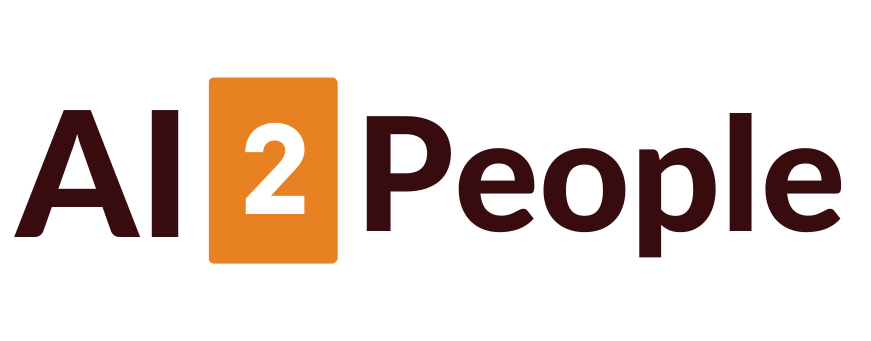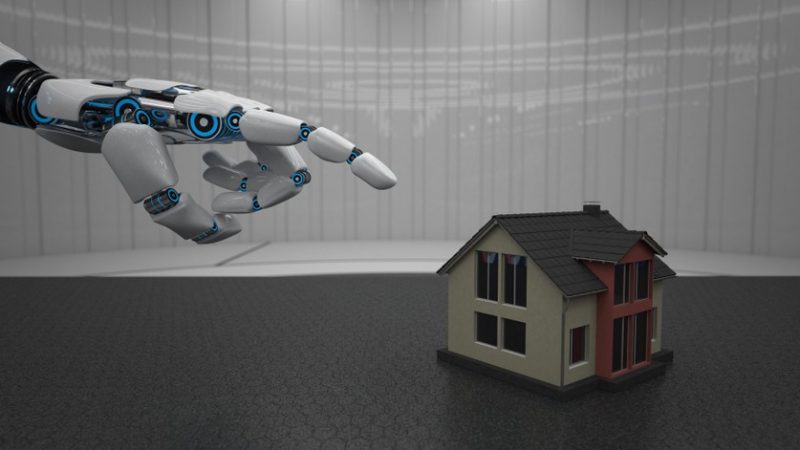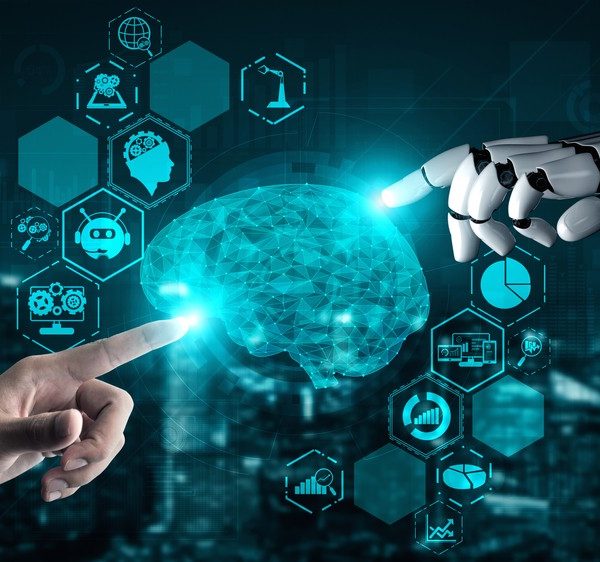
How can AI Improve Agriculture?
Agriculture is one of the oldest and most important practices in human history, providing the food and resources we need to survive. But despite its crucial role, farming is also one of the most challenging and complex industries, with numerous variables that can affect crop yields, livestock health, and overall productivity. In recent years, there has been a growing interest in how artificial intelligence (AI) can be used to improve agriculture and address some of these challenges.
In this article, we’ll explore some of the ways in which AI can be used to improve agriculture, as well as some of the challenges that farms can face when adopting these technologies. We’ll also take a look at the future of AI in agriculture, and how it might continue to transform the way we grow and produce food.
What is Agriculture?
Before we dive into how AI can improve agriculture, let’s first define what we mean by agriculture. Agriculture is the practice of cultivating land, raising animals, and producing food, fiber, and other products to sustain human life. It includes a wide range of activities, from planting and harvesting crops to breeding and raising livestock, as well as processing and marketing agricultural products.
Ways to Improve Agriculture with AI
Here are the most effective ways to improve the agriculture industry using AI:
Monitoring
One of the most common applications of AI in agriculture is in the use of sensors and other monitoring devices to track and analyze data on soil moisture, temperature, and other environmental factors. By using AI algorithms to analyze this data, farmers can gain insights into how their crops are growing and make more informed decisions about when to irrigate, fertilize, or harvest.
Yield Mapping

Yield mapping is another important application of AI in agriculture. By using sensors and other data collection devices to track crop yields across different areas of a farm, farmers can create detailed maps that show where crops are growing most effectively. This information can then be used to optimize planting and harvesting schedules, as well as to identify potential areas for improvement.
Weather Predictions
Another important application of AI in agriculture is in the prediction of weather patterns. By using machine learning algorithms to analyze historical weather data, farmers can make more accurate predictions about future weather patterns and adjust their planting and harvesting schedules accordingly.
Pest Management
AI can also be used to improve pest management in agriculture. By using machine learning algorithms to analyze data on pest populations, farmers can develop more effective strategies for controlling pests and preventing crop damage.
AI Machines for Agriculture
AI machines, such as autonomous tractors and other farming equipment, are also becoming increasingly popular in agriculture. These machines use sensors and other technologies to navigate fields and perform tasks such as planting, harvesting, and tilling. By using AI algorithms to optimize their operations, these machines can work more efficiently and effectively than traditional farming equipment.
Price Forecasting
Artificial intelligence can also be used to forecast prices for agricultural commodities such as crops and livestock. By analyzing data on market trends and other factors, farmers can make more informed decisions about when to sell their products and how to price them.
AI in Farming Challenges – How Does It Help?

While the use of AI in agriculture offers numerous benefits, there are also some challenges that farmers can face when adopting these technologies. However, when properly implemented, AI can help farmers overcome these challenges and improve their operations in several key ways:
Enables Better Decision Making
By providing farmers with more data and insights into how their crops are growing, AI can help them make more informed decisions about how to manage their farms. This can lead to higher crop yields, improved resource efficiency, and better overall performance.
Cost Savings
AI can also help farmers save money by optimizing their use of resources such as water, fertilizer, and pesticides. By using data to identify areas where resources are being used inefficiently, farmers can reduce their costs and improve their bottom line.
Addresses Labor Shortages
In many parts of the world, there is a growing shortage of skilled labor in agriculture. AI can help address this challenge by automating certain tasks and reducing the need for manual labor. This can help farmers maintain their operations and improve their productivity even in the face of labor shortages.
Problems Farms Can Face While Adopting AI
One of the biggest challenges is the cost of implementing and maintaining AI systems. Many farms, especially smaller ones, may not have the resources to invest in expensive AI technology.
Another challenge is the need for specialized skills and expertise to implement and operate AI systems. Farms may need to hire additional staff or invest in training for existing employees in order to make the most of these technologies.
Finally, there is the challenge of data security and privacy. As farms collect and analyze more data using AI, they must also take steps to ensure that this data is secure and protected from unauthorized access.
How AI Should be Combined with Other Technologies
While AI can be a powerful tool on its own, it is most effective when combined with other technologies. For example, AI can be used in conjunction with precision agriculture techniques such as GPS and satellite imaging to create highly detailed maps of crop yields and soil conditions. This data can then be used to optimize irrigation and other farming practices.
AI can also be combined with robotics and other automation technologies to create more efficient and cost-effective farming operations. For example, robots can be used to perform tasks such as planting and harvesting, reducing the need for manual labor and increasing overall productivity.
Future of AI in Agriculture
The future of AI in agriculture looks bright. As AI technology continues to advance, we can expect to see more and more farms adopting these technologies to improve their operations and increase their yields. We can also expect to see AI being used in new and innovative ways, such as in the development of new plant breeds that are better suited to specific growing conditions.
What Other Industries Does AI Impact?
Artificial intelligence is impacting many industries. Except the agriculture, it is used in the following ones: marketing, investing and blockchain. Many people use AI in their everyday lives: they use AI in home and even on their workplaces.
In Conclusion
AI has the potential to revolutionize agriculture and address many of the challenges facing farmers today. By using AI to monitor crops, predict weather patterns, optimize resource use, and automate tasks, farmers can improve their productivity, reduce costs, and increase their overall profitability. While there are some challenges to adopting AI in agriculture, the benefits are clear, and we can expect to see more and more farms embracing these technologies in the years to come.























